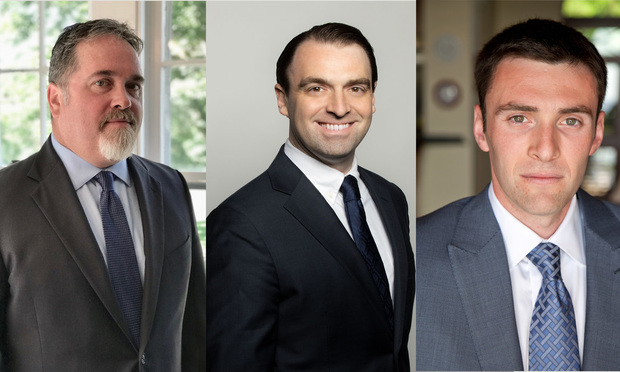As waves of nuclear and excessive verdicts have crashed on the shores of our civil litigation system over the past decade, there have been efforts to understand, label, and prevent them from recurring. The need to understand and arrest this troubling development has assumed an added sense of urgency as New York State buckles under the weight of increasing taxes,[i] the highest tort costs per household,[ii] the exorbitant cost of living,[iii] the highest taxpayer exodus,[iv] and the devastating financial impact of COVID-19.[v]
The rise of nuclear and excessive verdicts is attributable to many factors, including increased litigiousness, rising economic inequality, shifting appreciations for the value of money, anti-corporate animus, and the plaintiff bar’s success in employing innovative tactics to exploit this milieu, especially with regard to the component of pain and suffering. In the first two parts of this series, we discussed the role of these tactics and improper summation techniques that we broadly classed under the umbrella “How Dare They Defend?” or “HDTD” and what the defense bar and the judiciary respectively can and should do to curb these abuses and restore sane, predictable, compensatory justice to the tort system.[vi] Now in this third part, we turn outside the courtroom itself to the broader culture that enables these abuses.


 Timothy Capowski (left), John Watkins (middle), and Jonathan Shaub (right)
Timothy Capowski (left), John Watkins (middle), and Jonathan Shaub (right)




